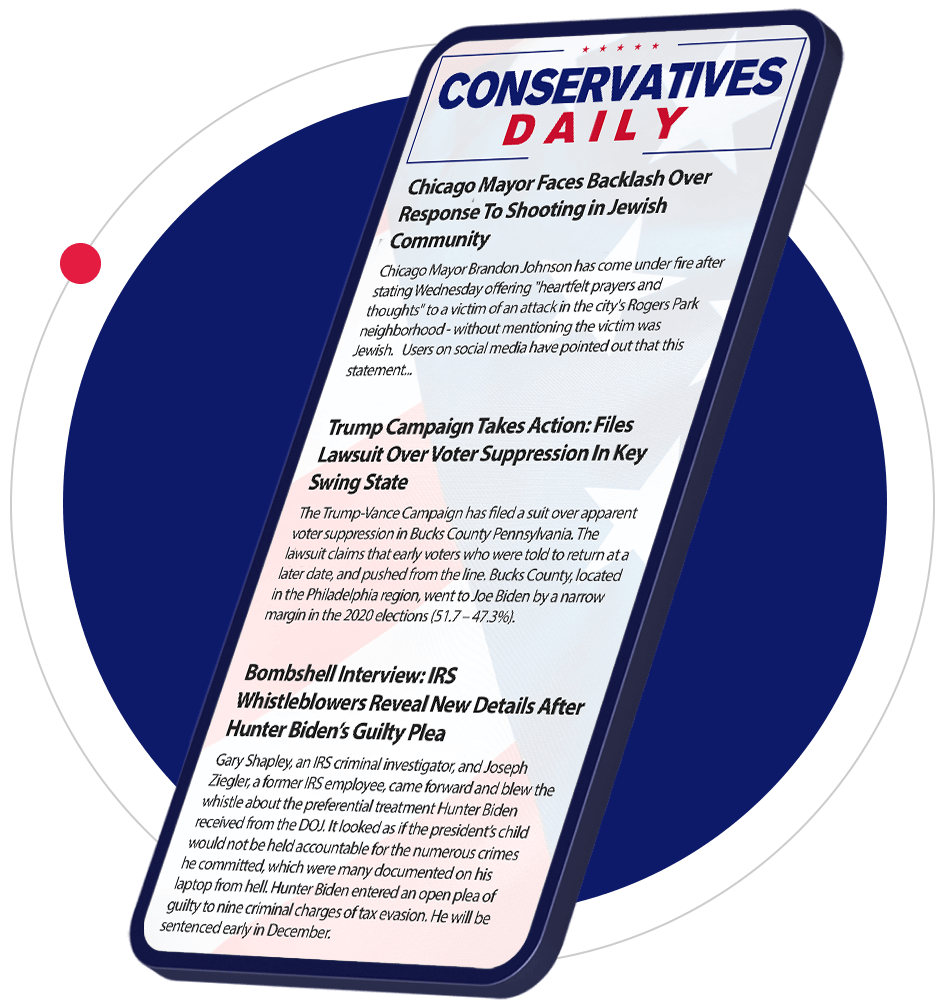The Republican Party finds itself in a peculiar predicament, caught between the demands of electoral reality and the preferences of its standard-bearer. It is a tension that speaks volumes about the challenges facing conservatives as they navigate the changing landscape of American elections.
When President Donald Trump took to social media last August declaring there should be “no mail-in voting” and demanding Americans “USE PAPER BALLOTS ONLY,” he threw a wrench into the carefully constructed machinery that Republican operatives had been building for years. These party activists and officials had spent considerable time and resources encouraging conservative voters to embrace absentee voting, recognizing what the numbers were telling them in plain language.
The shift represents a remarkable about-face for a party that spent much of the post-2020 period treating mail-in ballots with deep suspicion. Trump’s claims about that election, which lacked factual foundation, had created something of a self-fulfilling prophecy. Republicans avoided mail-in voting, and Republicans lost races they might otherwise have won.
Pennsylvania provides a case study in this evolution. State Senator Doug Mastriano built his 2022 gubernatorial campaign in part on criticism of absentee voting. Yet by the following year, he was telling reporters that Republicans “have to embrace no-excuse mail-in voting.” The numbers do not lie, and they were not kind to those who ignored them.
The Pennsylvania Republican Party has since thrown itself into promoting mail-in ballots. The results speak for themselves. In the 2024 presidential election, Republicans accounted for 34 percent of mail-in votes in the state, up from just 23 percent in 2020. That eleven-point increase represents thousands of votes that might have been lost to inconvenience, bad weather, or the simple chaos of daily life.
Jim Worthington, a business owner and Republican fundraiser in eastern Pennsylvania, has become something of an evangelist for mail-in voting operations. He made his position clear to Senate candidate Dave McCormick when McCormick sought his support. Worthington’s terms were straightforward: develop a robust, paid-for vote-by-mail program, or look elsewhere for backing. McCormick agreed, and the subsequent effort raised thirteen million dollars. Worthington credits that operation as one of the reasons McCormick won his race.
The pattern extends beyond Pennsylvania. In New Jersey, Republican gubernatorial candidate Jack Ciattarelli has celebrated record numbers of Republicans returning mail-in ballots. The California Republican Party has actively encouraged voters to mail in their ballots on key propositions, including the measure that would redraw congressional districts.
Yet the shadow of Trump’s opposition looms large. Political observers have noted the obvious problem: when the party’s most influential voice tells voters to avoid a practice that party operatives know they need to win elections, something has to give. The question is what that something will be.
This is not merely an academic debate about voting methods. It cuts to the heart of how Republicans will compete in future elections. The pandemic normalized mail-in voting for millions of Americans, and that particular genie will not be returning to its bottle. Republicans can either adapt to this reality or continue to spot their opponents a significant advantage before the first vote is even cast.
The party stands at a crossroads, and the direction it chooses will likely determine its fortunes in the years ahead.
Related: Federal Workers Face Continued Furloughs as Shutdown Talks Stall


